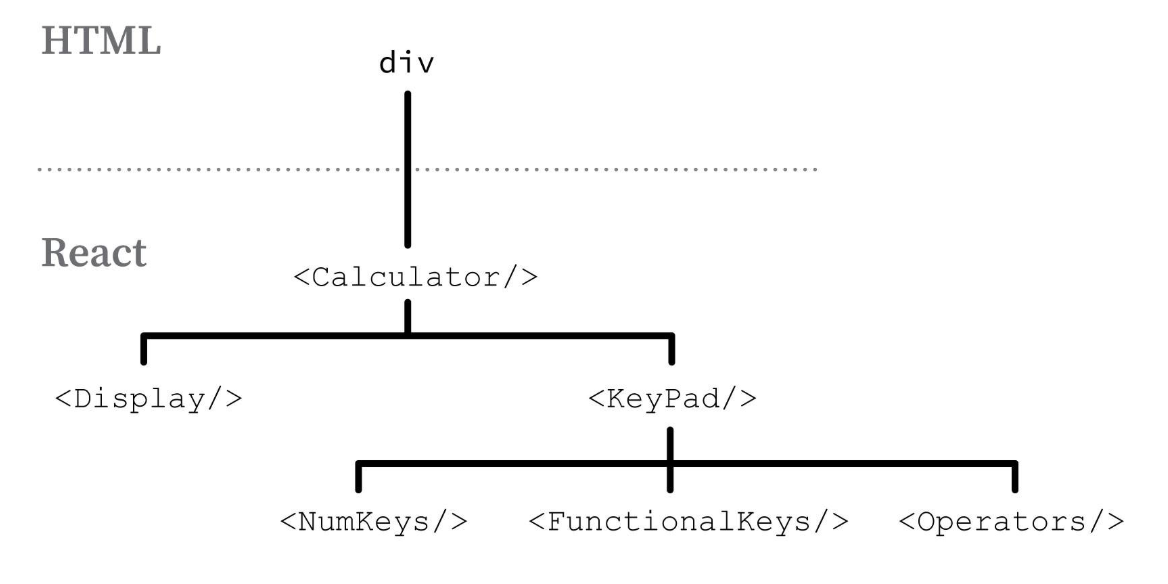Rendering Elements
Published by
sanya sanya
In React.js, rendering elements involves creating React components and rendering them to the DOM. Here's an example of how to render elements in React.
The first step for showing the Rendering of the Elements in React JS is to create the React Component as mentioned below -
import React from 'react';
class MyComponent extends React.Component {
render() {
return (
<div>
<h1>Hello, world!</h1>
<p>This is my React component.</p>
</div>
);
}
}
In the above code, we define a class-based component MyComponent that extends the React.Component class. The render() method is where you define the JSX structure of the component.
The render() method should always return a single element, which represents the root of the component's output. This limitation exists because React needs a single entry point to efficiently compare and update the virtual DOM with the actual DOM. Therefore, attempting to return multiple adjacent elements directly from render() would result in a syntax error.
Rendering the Component
The code showing the Rendering of the Component is mentioned below -
import React from 'react';
import ReactDOM from 'react-dom';
ReactDOM.render(<MyComponent />, document.getElementById('root'));
In the above code, we import ReactDOM to render the React component. We use the ReactDOM.render() method to render an instance of the MyComponent component and specify the DOM element where it should be rendered, which has the ID 'root'.

The
The ReactDOM.render() method takes two arguments - the React element or component to render, and the target DOM node where it should be rendered.
Once the component is rendered, React takes care of efficiently updating the DOM when needed. If there are changes to the component's state or props, React will reconcile the changes and update the rendered elements accordingly.
Library
WEB DEVELOPMENT
Basic
Frontend
Express JS
React
Hello World in ReactJS
Rendering Elements
States and Lifecycles in React JS
Handling Events in React JS
Introduction to JSX
Components and Props in React JS
Conditional Rendering
Lists and Keys in React JS
Introduction to Redux
Types of components (class vs functional)
Using the useEffect hook
Building custom hooks in React JS
Context API in React JS
Forms in React JS
Lifting State Up in React JS
Composition vs Inheritance
Prop drilling in React JS
Introduction to Hooks
Using the useState hook
UseMemo vs useCallback
Backend
Interview Questions
FAANG QUESTIONS
On this page
Rendering the Component

